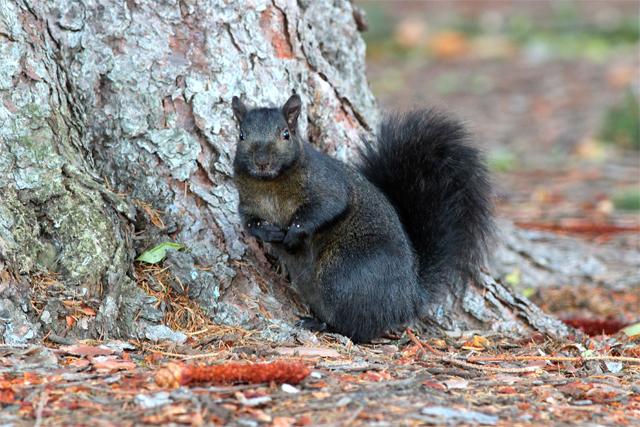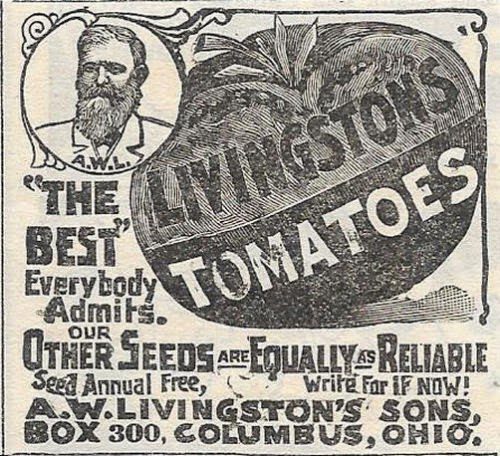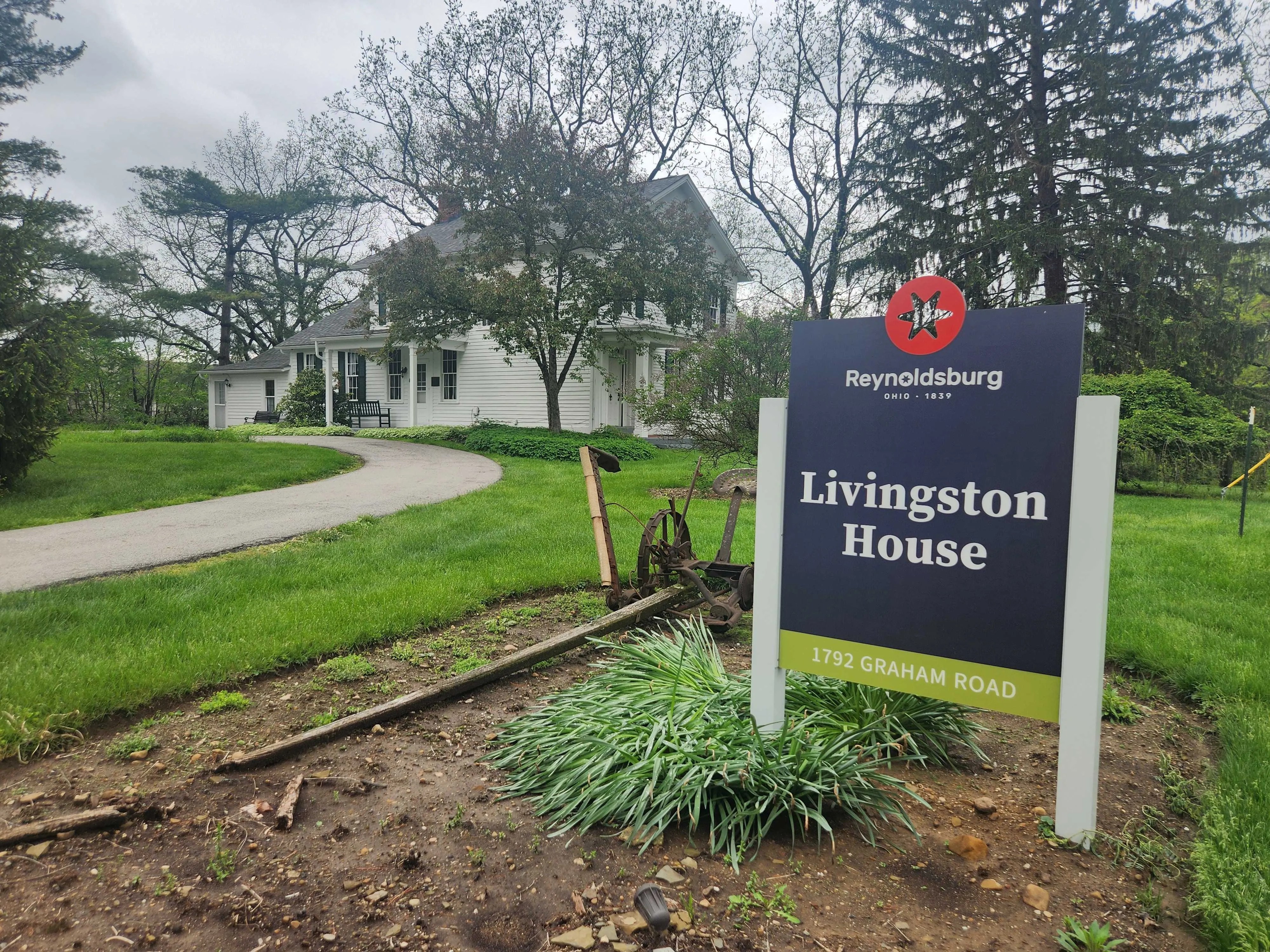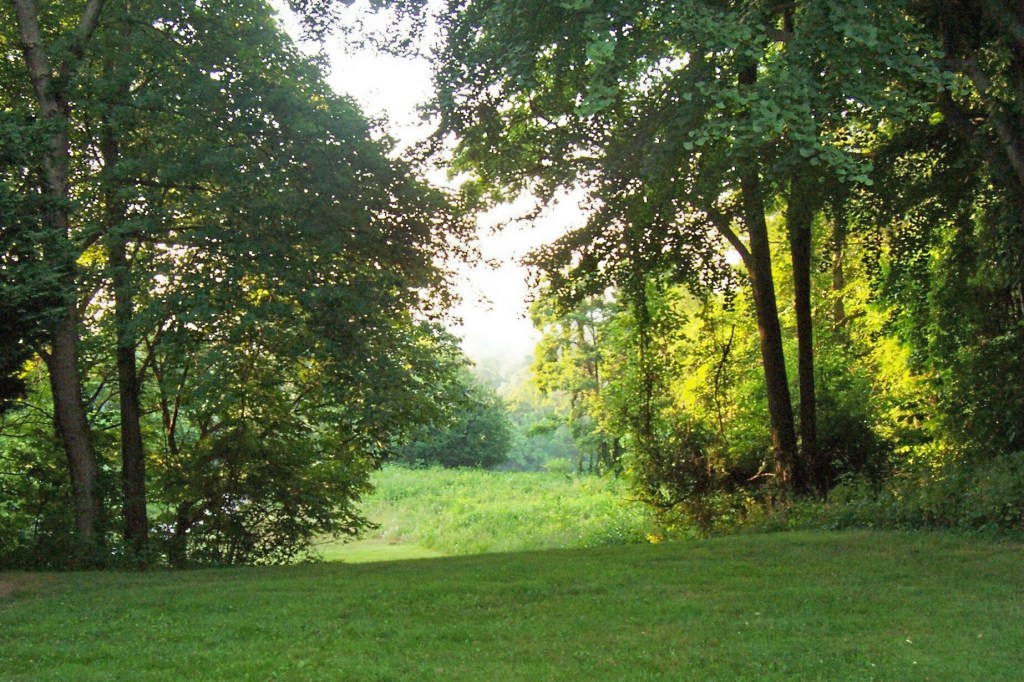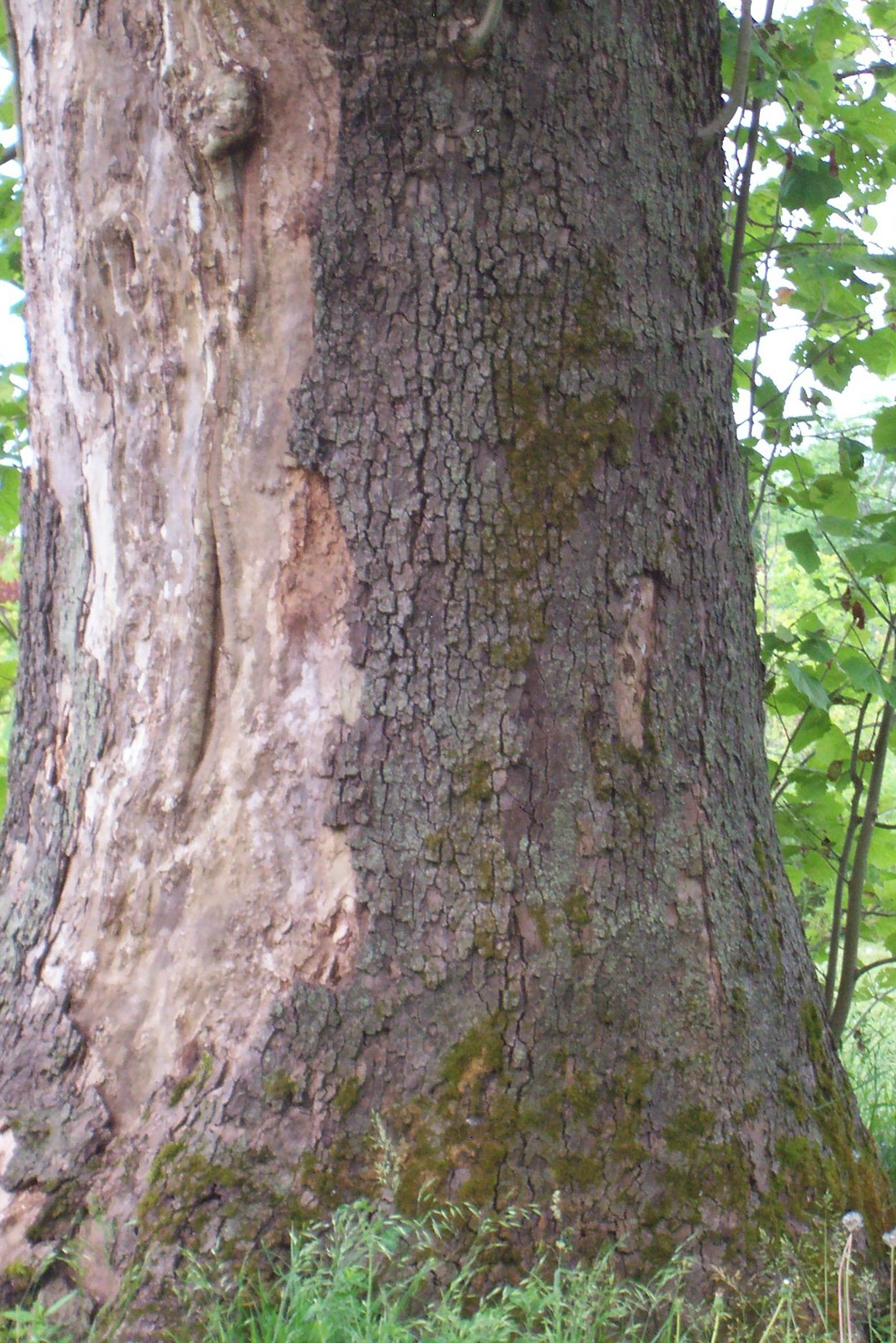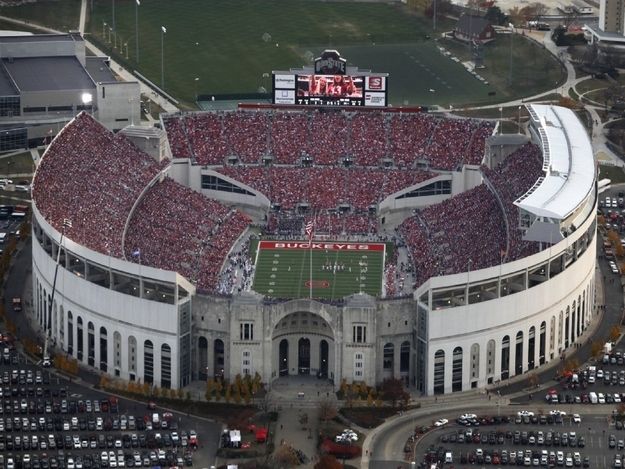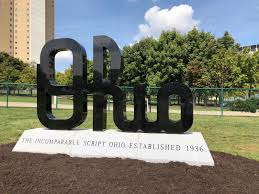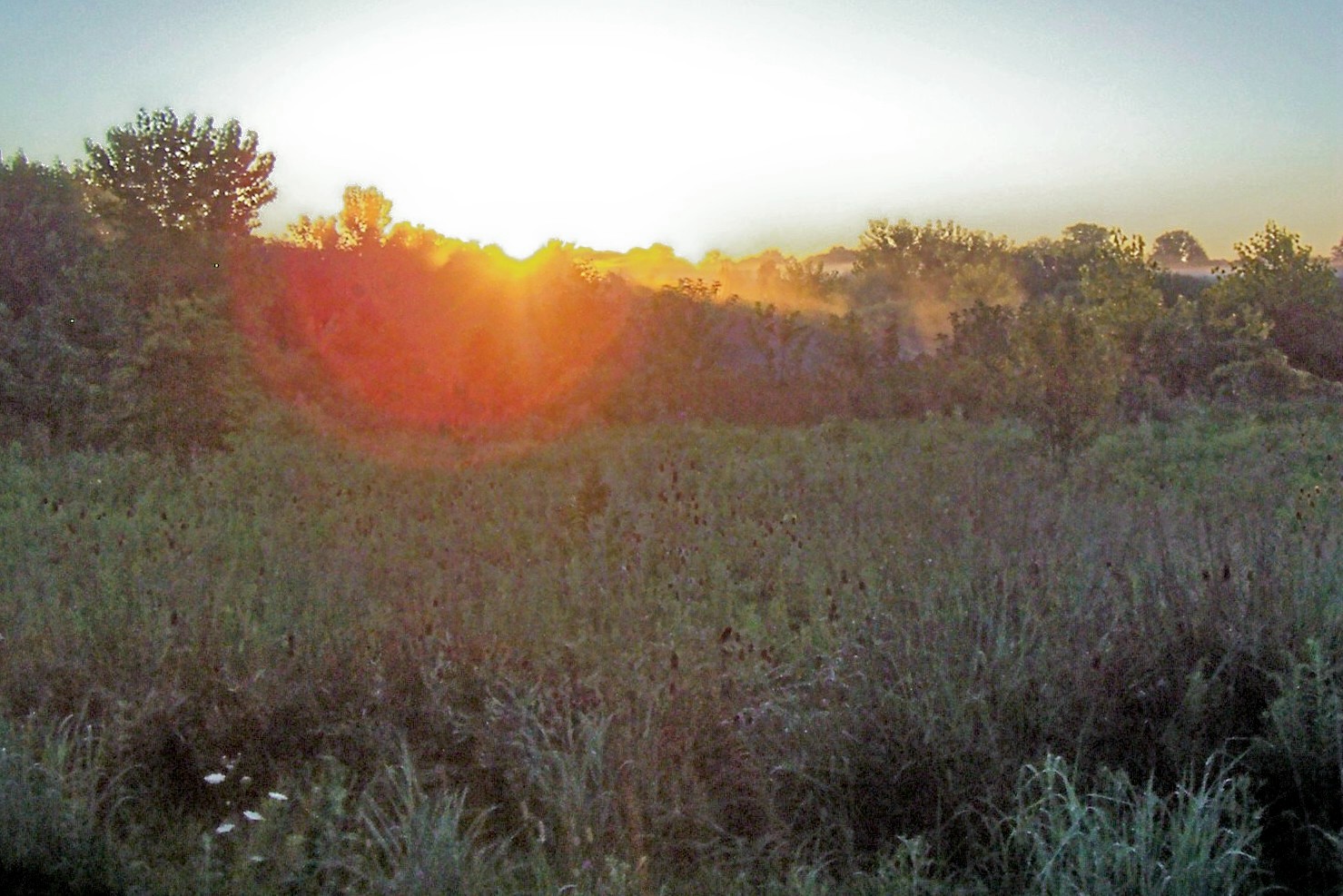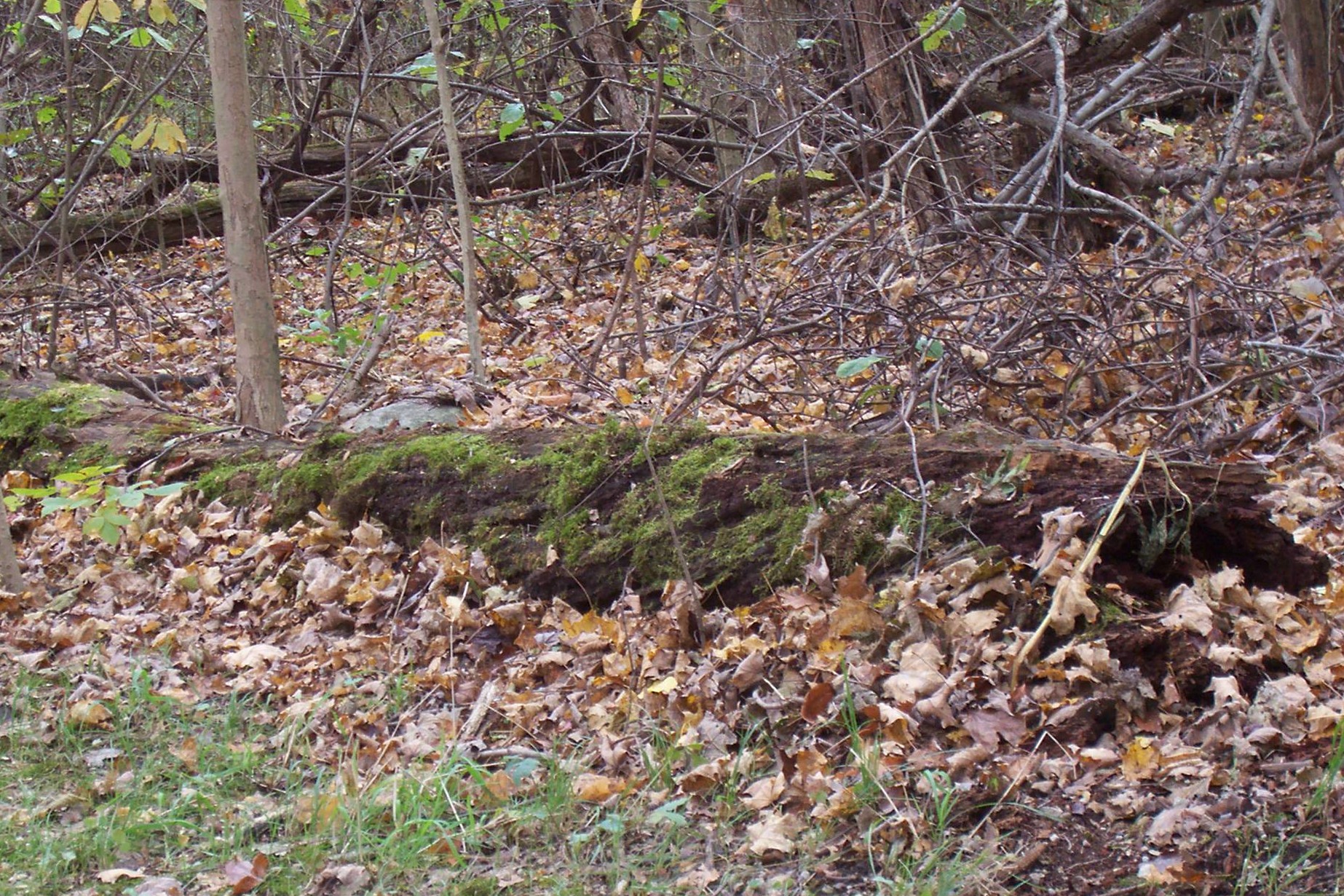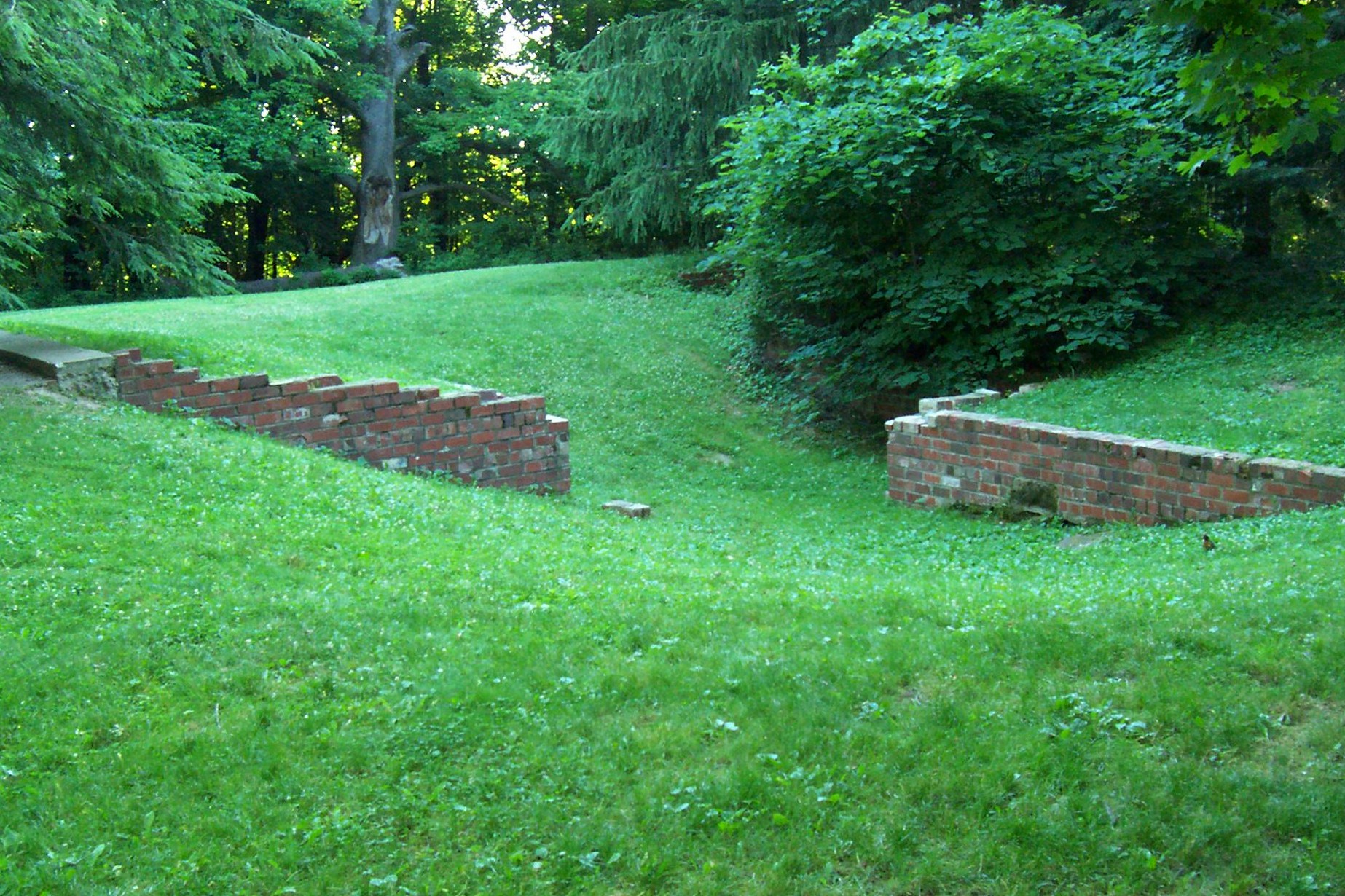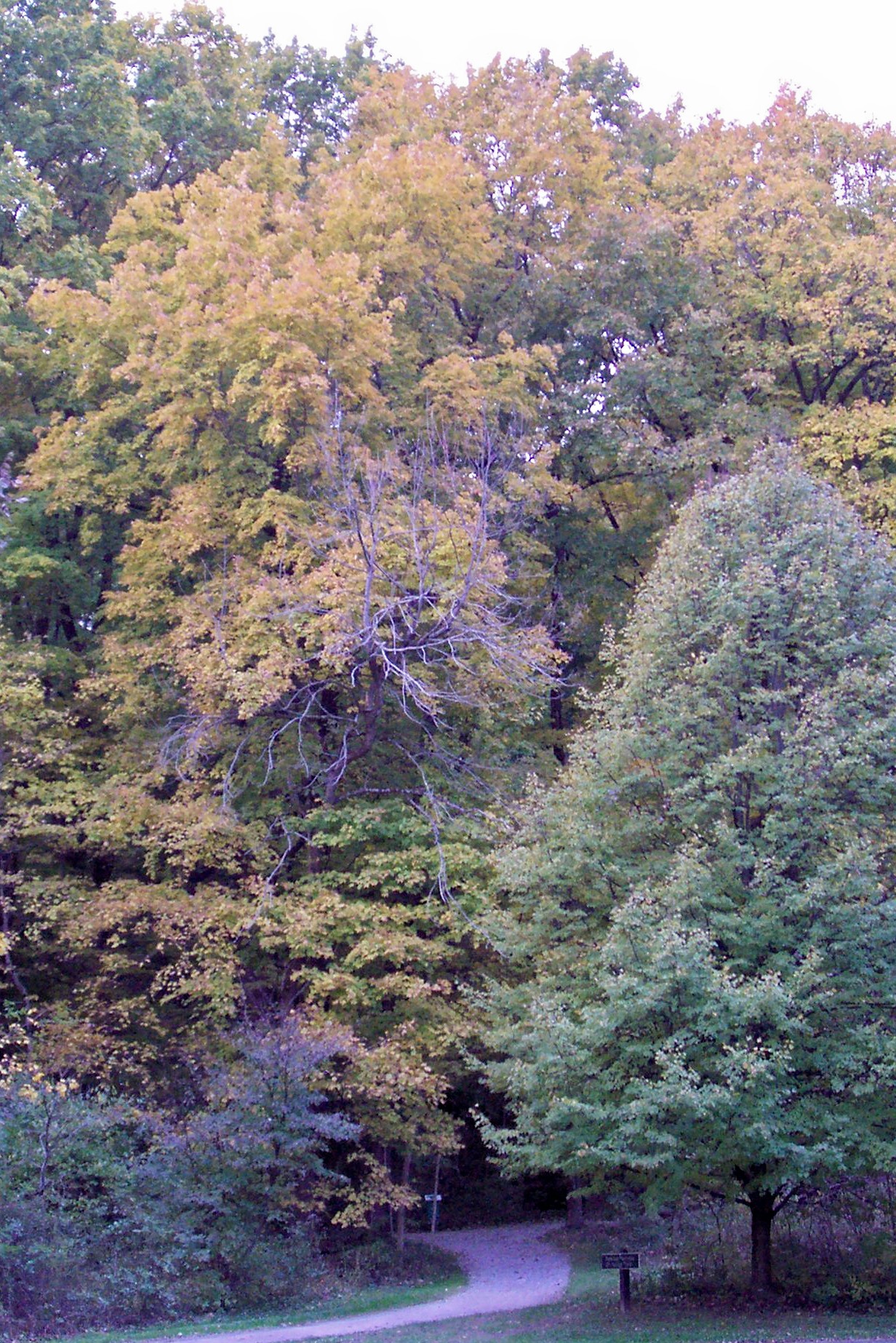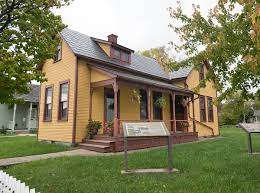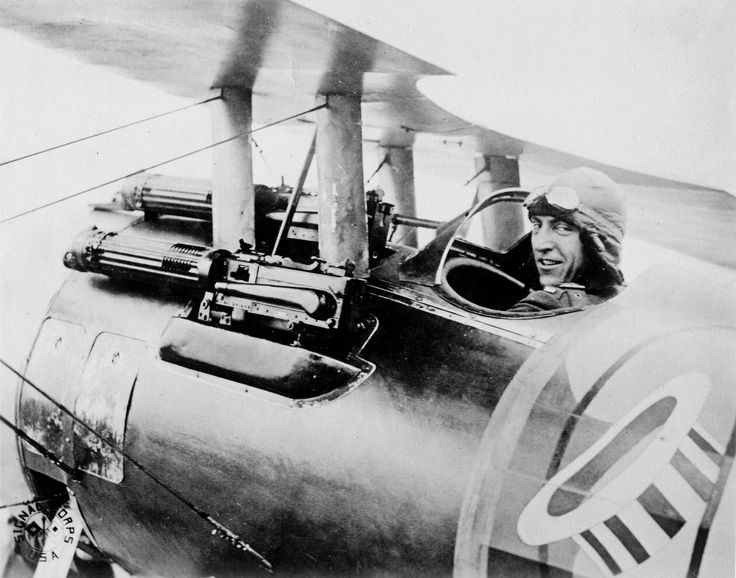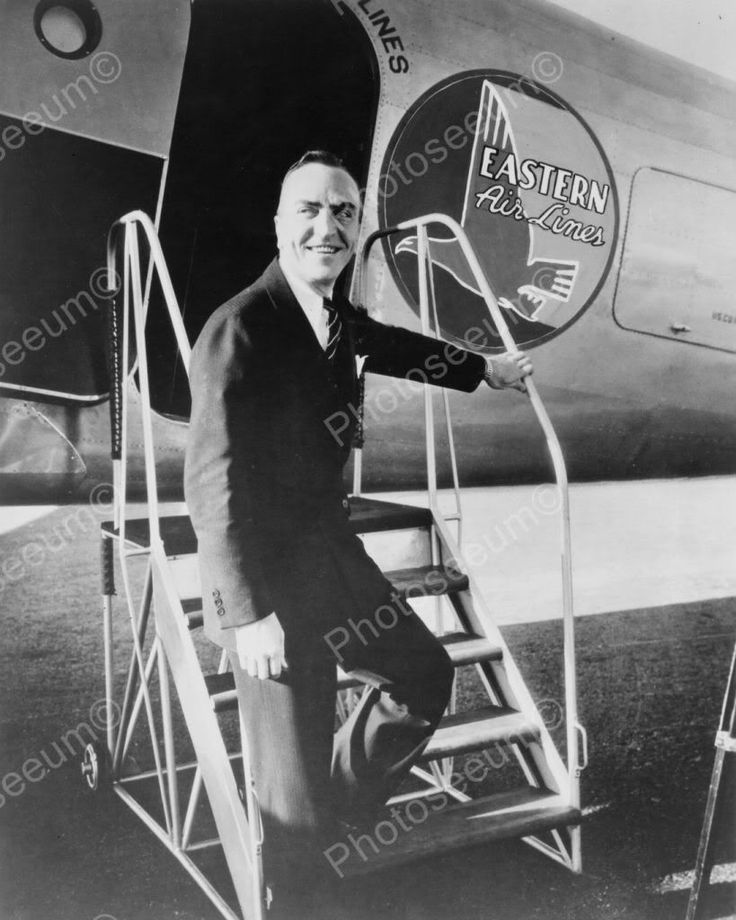
One of the true legends of The Ohio State University’s athletics is Jerry Lucas. Born on March 30, 1940, the native of Middletown has achieved greatness in high school, college, and professional basketball.
Middletown is located between Dayton and Cincinnati in southwestern Ohio. With a population of about 50,000, the community is bigger than many in the Buckeye state.
While playing for the Middletown High School Middies, Lucas leads his team to victory in 76 consecutive games. Two state championships are also added to the school’s trophy case.
Following high school, there is no doubt in Lucas’ mind that he will play for the Ohio State Buckeyes. He arrives on campus with an academic scholarship. This is his desire in case the basketball journey does not pan out.

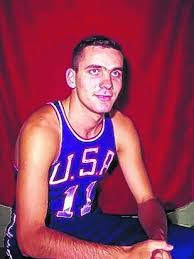
Photos of Lucas at Ohio State as well as 1960 U.S. Olympic team.
At 6 feet 8 inches, Lucas becomes a prolific scorer and rebounder. He develops a nearly perfect hook shot, and his basketball IQ far exceeds that of most players. He becomes the consummate team player as well.
During Lucas’ tenure with the Buckeyes, the team records a record of 78 wins and only six loses. They play in three consecutive national championship games, while winning in 1960.
While still in college, Lucas plays for the U.S. national team in the 1960 Olympics in Rome, Italy. The American squad successfully defends its reputation as the best in the world on its way to winning another gold medal.
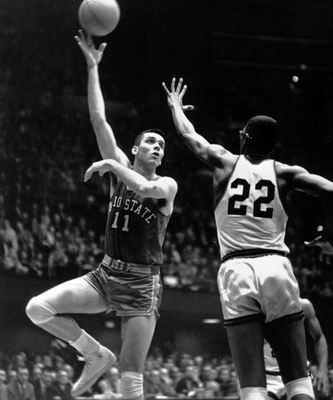
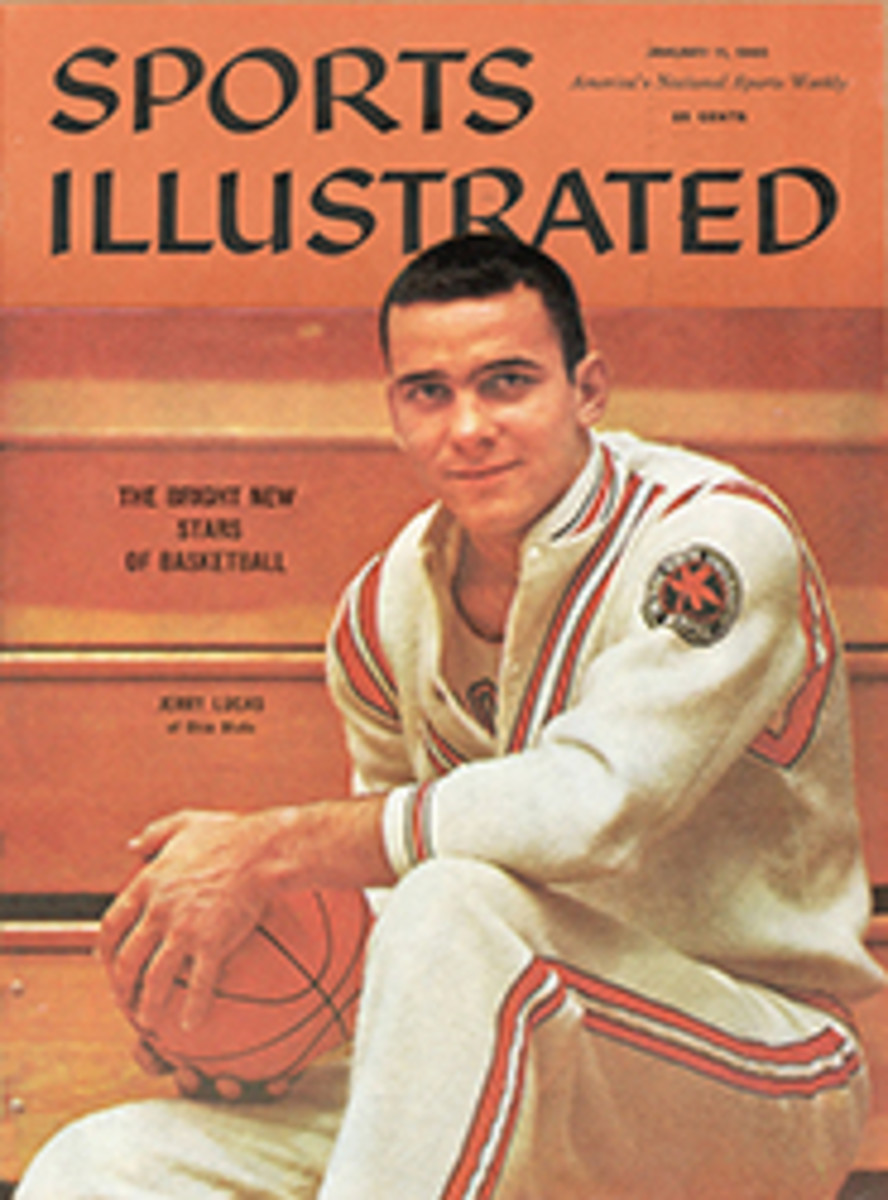
Lucas showing off his famous hook shot, Sports Illustrated cover.
Following his college career, Lucas goes on to play in the NBA. His career begins with the Cincinnati Royals, continues with the San Francisco Warriors (now Golden State), and ends with the New York Knicks. In his first season of professional basketball, he is honored as the league’s Rookie of the Year.
Playing with his heart as well as his mind, Lucas achieves recognition beyond even his childhood dreams. He becomes the first American basketball player to win championships at the high school, college, and professional levels. His NBA championship ring arrives in 1973.
After retiring from basketball in 1974, Lucas is inducted into the Naismith Memorial Basketball Hall of Fame in 1980.

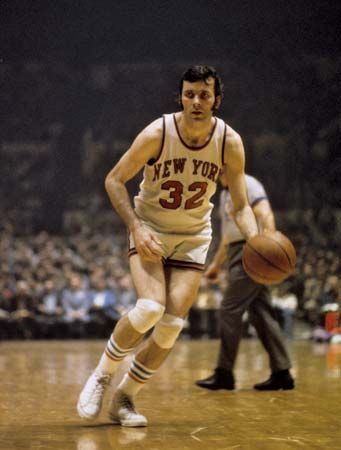
Late in his NBA career, Lucas Playing with the New York Knicks
Beyond basketball, Lucas is gifted with a phenomenal memory. He develops memory games at the age of nine. His increasing active mind opens pathways to amazing memory powers.
His fourth grade teacher asks students to imagine the Great Lakes and see homes floating there. H – O – M – E – S represents lakes Huron, Ontario, Michigan, Erie, and Superior. Lucas takes this example and others as he develops a nearly endless cache of memory techniques.
He always impresses other students, teammates, and the media. Following his basketball career, he develops a system of memory education and authors several books. These include The Memory Book (1974) and Learning How to Learn (2001).






